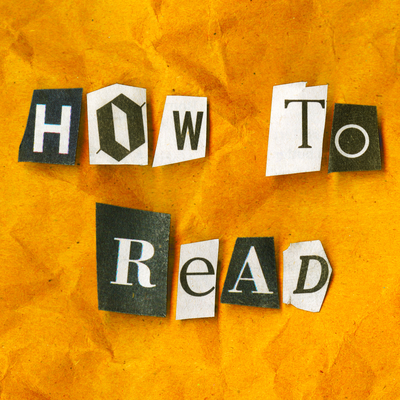The classic image of a reader is someone alone with their eyes on a book, ignoring the world around them. But Janice Radway argues that the communities we’re in can shape what we read and how we read. Reading is not something that only takes place in our individual minds, but an activity that influences and is influenced by our social world. From prison reading groups to caregivers who read to get a break from their domestic duties, people read with agendas and desires they share with others in similar situations.
How To Read Posts
Do you want to live a predictable life? Can great art ever be predictable? Most people would probably say no to both, but Caroline Levine thinks predictability is more valuable than we usually recognize. Predictability is like putting on your own oxygen mask before helping others: we need to cover the essentials, like shelter and a stable work schedule, in order to achieve our grander ambitions. But predictability isn’t just useful in our personal lives. Whether it’s reliable access to childcare or a unifying protest chant, predictability can also help us in collectively creating social change.
Why do we click with some works of art and not others? Why does it bother us when we feel deeply connected to a song, painting, movie or book that our friends don’t connect with? Rita Felski uses the word attunement for this process of “clicking”, and she’s interested in how unpredictable it is. It’s tempting to try and predict in advance what art you will or won’t attune to, but it’s important to remember that art always has the potential to surprise you – even years after you first experience it.
When you think of an expert or specialist, you might picture a scientist with a lab coat and test tubes. Science likes to claim that its knowledge applies everywhere – like gravity or evolution – which makes scientific knowledge superior to local knowledge about one specific place. But Paige West points out that in practice scientists rely heavily on local people’s knowledge, for example the specialist knowledge that indigenous people in Papua New Guinea have about the fish, plants and ecosystems of their area. In fact, such local knowledge has proven to be crucial for successfully combating major problems like climate change.
What’s happened to reading during the COVID-19 pandemic? Some people are too busy or stressed to read, while others are reading more than ever but in different ways. Leah Price is interested in historical precedents for what we’re experiencing now, from anxieties about catching diseases from library books to the fantasy of reading as refuge from the world. History shows that reading is affected by people’s working lives – some can’t read because they have to work, others read because they can’t work. COVID-19 is transforming the way we work, so reading too will change – but not necessarily for the worse.
The world doesn’t revolve around you! Many children, and plenty of adults too, have heard this from parents, friends or partners. It’s easy and kinda satisfying to view others around you as minor characters in the drama of your life. But Paula Moya wants us to recognize that this arrogant self-centredness can lead people to believe that everyone else is just there to serve them. Paula argues that Toni Morrison’s novel A Mercy not only depicts harmful arrogance among its characters, but also teaches readers to be less arrogant in their own lives.
Many people today surround themselves with crystals, whether for healing properties or as part of their spirituality. But the question of whether crystals can affect the body or the spirit goes back millennia. Marisa Galvez has identified two distinct traditions for understanding crystals. First, there’s a Christian tradition that focuses on how crystals might allow us to transcend the body into a realm of pure spirituality. But there’s also a tradition that links crystals to erotic love. In medieval poetry, the shimmering qualities of crystals are used to capture an experience of love that’s dizzying yet pleasurable.
